Room 102, Building 13, Area A, Wanyang Zhongchuang Park, Ganyao Town, Jiashan County, Zhejiang China.

Photovoltaic (PV) systems are increasingly popular for residential, commercial, and industrial energy solutions. A critical component of any PV installation is the photovoltaic bolt, which secures panels to mounting structures. One key question for engineers, installers, and homeowners is: How wind-resistant are photovoltaic bolts? Understanding this helps ensure the safety, durability, and performance of solar installations.
1. Role of Photovoltaic Bolts in Wind Resistance
PV bolts connect solar panels to frames and mounting structures, holding them securely against environmental forces. Wind applies both uplift and lateral forces on solar panels, which can dislodge or damage panels if fasteners are inadequate. High-quality bolts are engineered to:
Resist loosening under vibrations or fluctuating wind loads.
Maintain structural integrity under high wind speeds.
Prevent panel misalignment, which could reduce energy efficiency or cause mechanical damage.
The wind resistance of a PV system is only as strong as the bolts and their installation.
2. Factors Affecting Wind Resistance
Several factors determine how wind-resistant photovoltaic bolts are:
Material Quality: Stainless steel or high-strength alloy bolts resist corrosion and maintain tensile strength, even under extreme weather conditions.
Bolt Diameter and Length: Larger diameter and longer bolts provide higher shear and tensile capacity, improving resistance to wind-induced stress.
Thread Design: Proper thread engagement ensures bolts remain tight under vibration and wind load.
Torque and Installation: Correct torque application during installation prevents under-tightening (leading to loosening) or over-tightening (causing material stress).
Mounting Structure: A well-designed frame distributes wind loads evenly across all bolts, reducing the chance of individual bolt failure.
All these factors together determine the overall wind resistance of the PV installation.
3. Typical Wind Resistance Ratings
PV systems and components are often rated according to industry standards:
IEC 61215/61730: These standards evaluate mechanical load capacity, including wind resistance.
Design Wind Speed Ratings: Residential PV systems are typically designed to withstand wind speeds of 90–150 mph (145–240 km/h) depending on the region. Properly selected and installed photovoltaic bolts are integral to meeting these requirements.
Engineering Calculations: Structural engineers calculate the expected wind load and select bolts with sufficient strength, factoring in material properties, spacing, and mounting angle.
High-quality bolts paired with correct installation can significantly enhance wind resistance and reduce the risk of panel damage.
4. Maintenance and Inspection
Even the strongest photovoltaic bolts require periodic inspection:
Check for Loosening: Vibrations from wind and thermal expansion can loosen bolts over time.
Inspect for Corrosion: Coastal or humid environments may accelerate rust on non-stainless bolts.
Replace Damaged Bolts: Any signs of wear, stripping, or fatigue should be addressed promptly to maintain structural safety.
Routine maintenance ensures PV systems continue to perform reliably under wind loads.
5. Conclusion
So, how wind-resistant are photovoltaic bolts? When made from high-quality materials, correctly sized, properly installed, and integrated into a well-designed mounting system, photovoltaic bolts are highly wind-resistant. They can withstand extreme weather conditions, including strong gusts and storms, ensuring solar panels remain secure and efficient.
Proper selection, installation, and ongoing maintenance are essential. By following engineering standards and industry best practices, photovoltaic bolts can provide reliable structural support, making solar installations safe and durable even in high-wind environments.
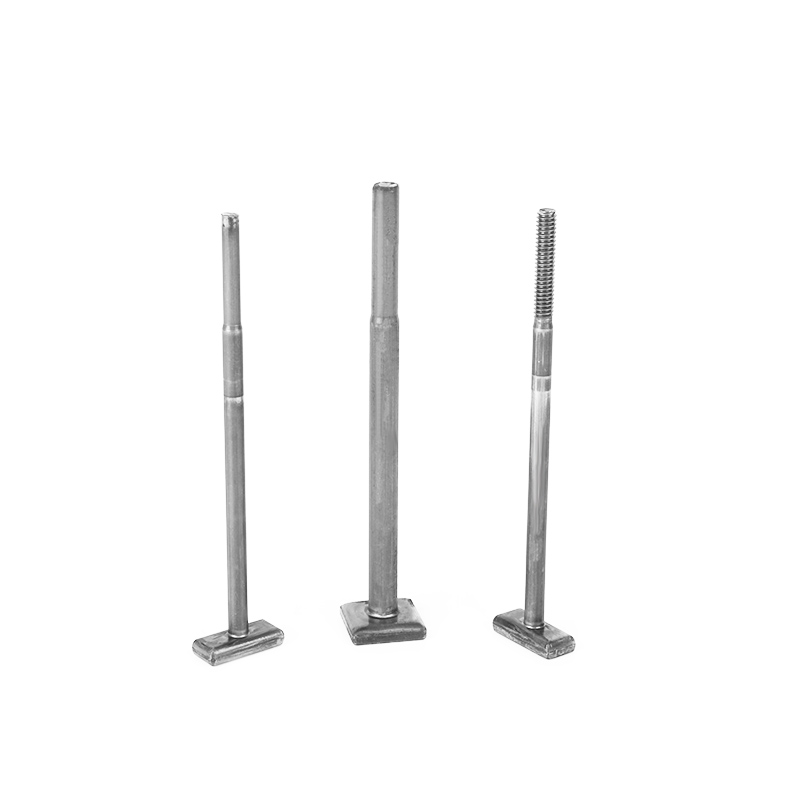
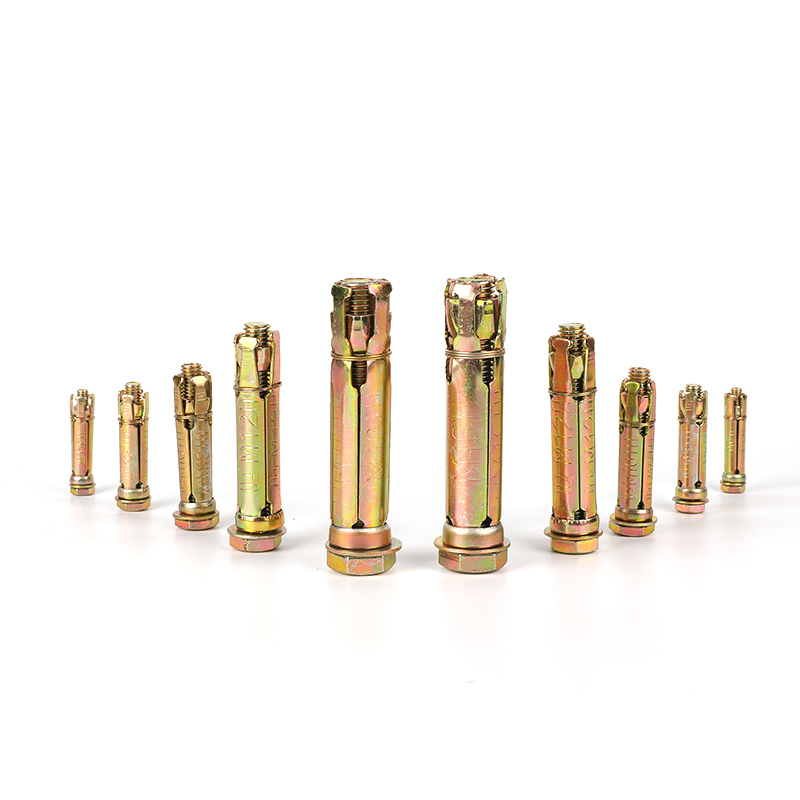
Fix anchorbolts include bolts, washers, nuts and 4PCS cylindrical shields. By tightening the bolts, the shields tubes expand and the components can be...
See Details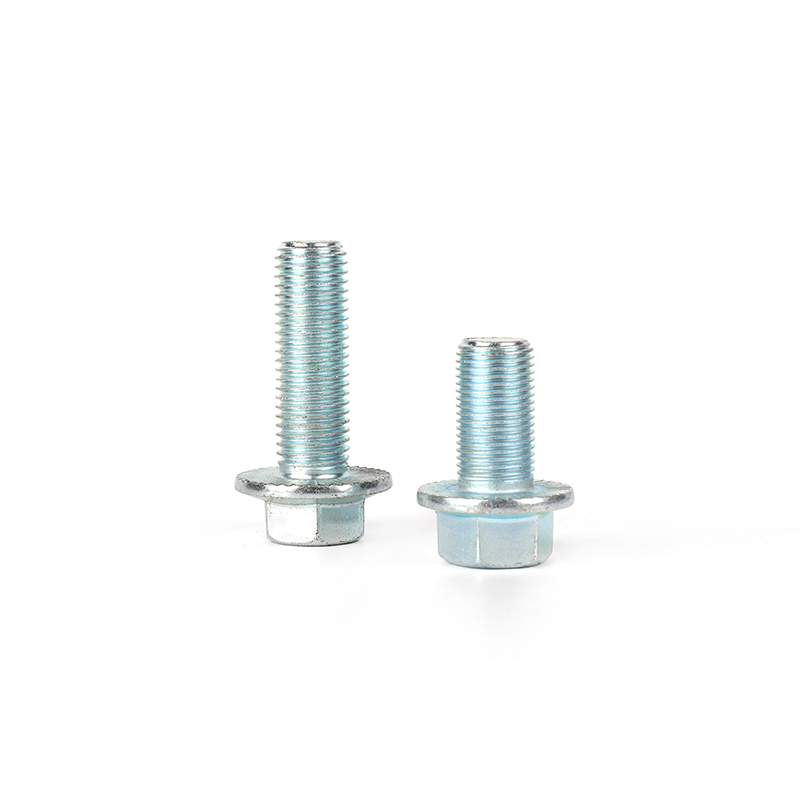
Flange bolts are specially used to tightly connect pipes and components with flanges. We produce flange bolts are solid t and durablethat, compling wi...
See Details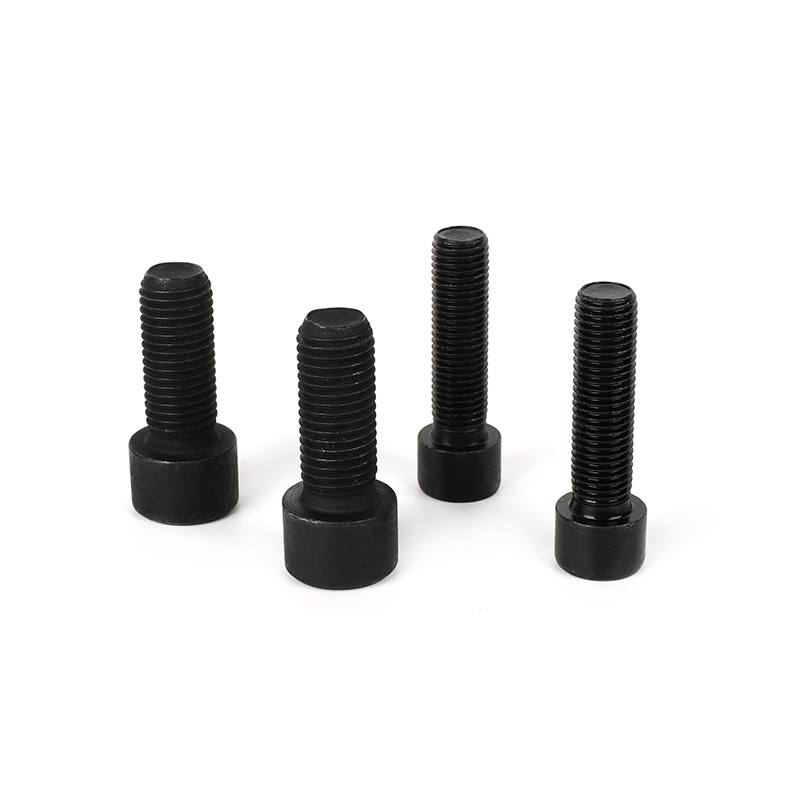
The Grade 8.8 black oxide full-thread hexagon socket bolts have an internal hex design and needs to be used with a wrench with a hex head. Its full th...
See Details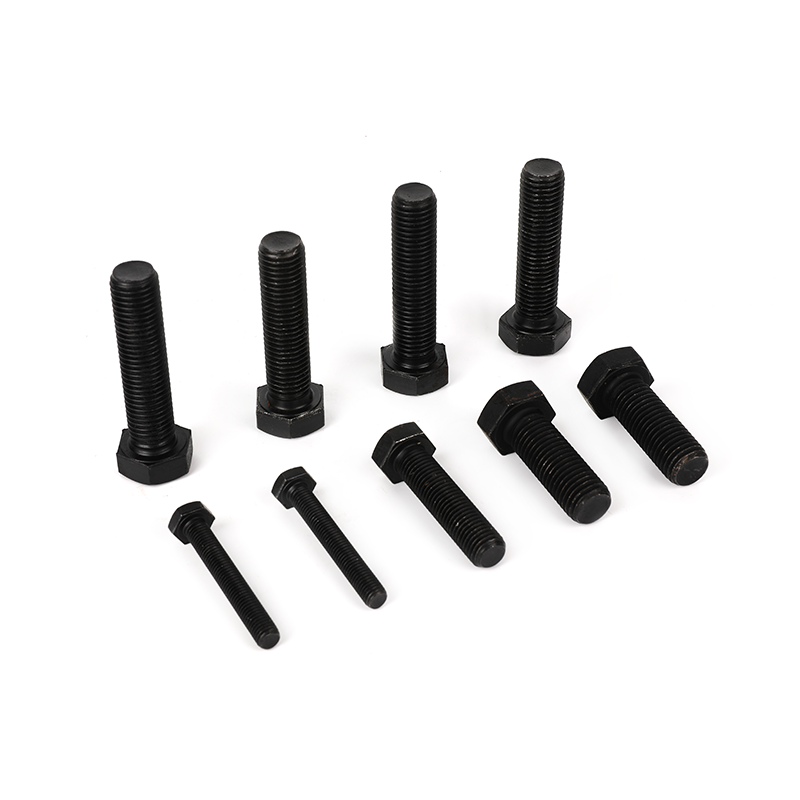
Grade 8.8 black oxide full-thread hexagon bolts is a very common fastener and requires a wrench or hex wrench to tighten it. Our hex head bolt meet th...
See Details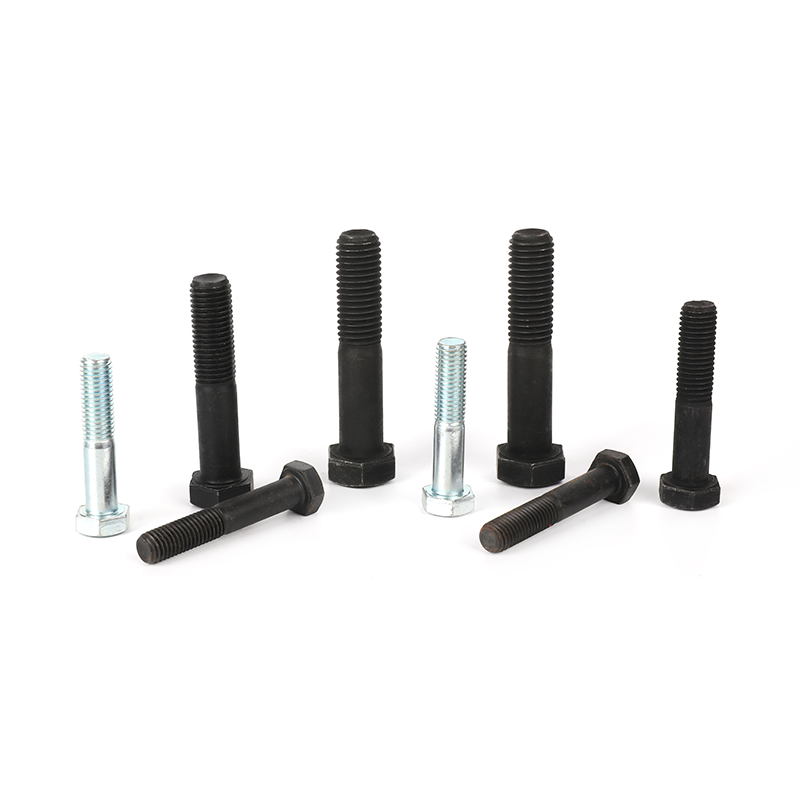
This product is made of high-quality carbon steel and undergoes a rigorous heat treatment process. It has high strength, good elasticity and toughness...
See Details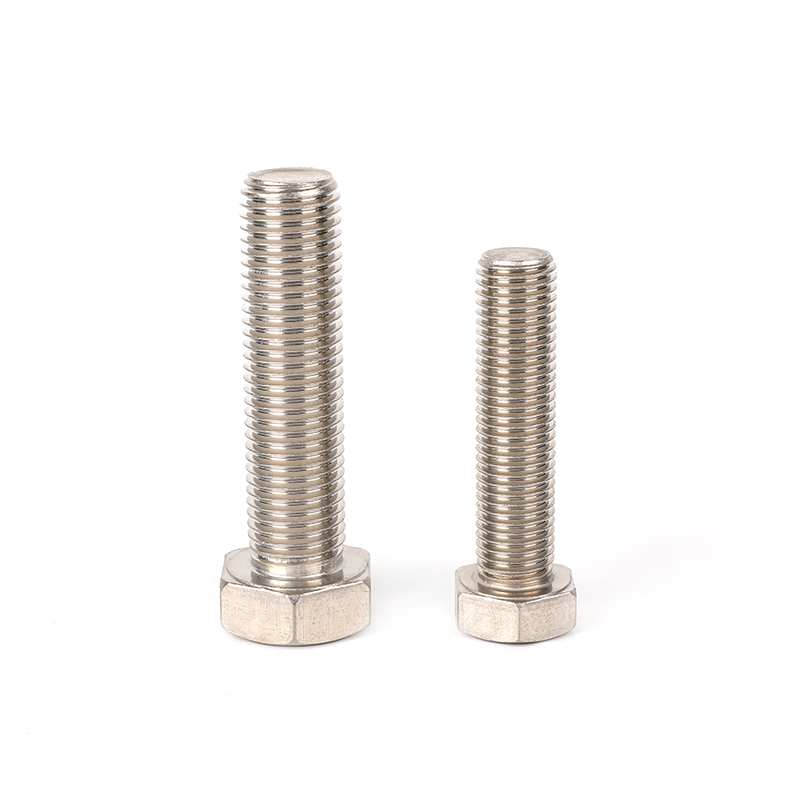
This 304 stainless steel plain full-thread hexagon bolt is a kind of fasteners made of high-quality stainless steel material and has corrosion resista...
See Details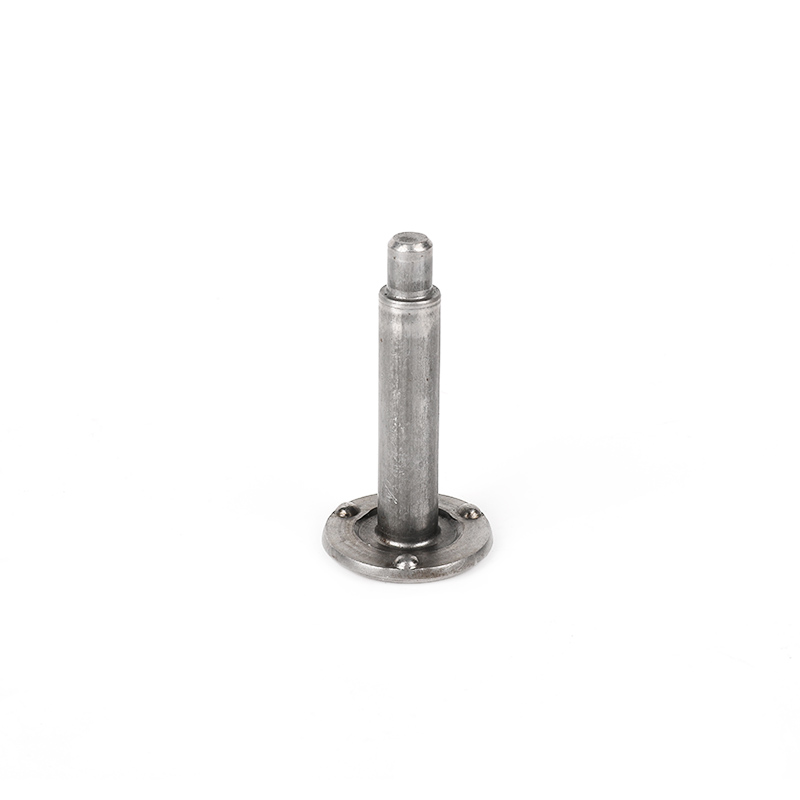
This plain round flat head weld shoulder bolt is a fastener suitable for a variety of welding applications. Its flat head and round head design makes ...
See Details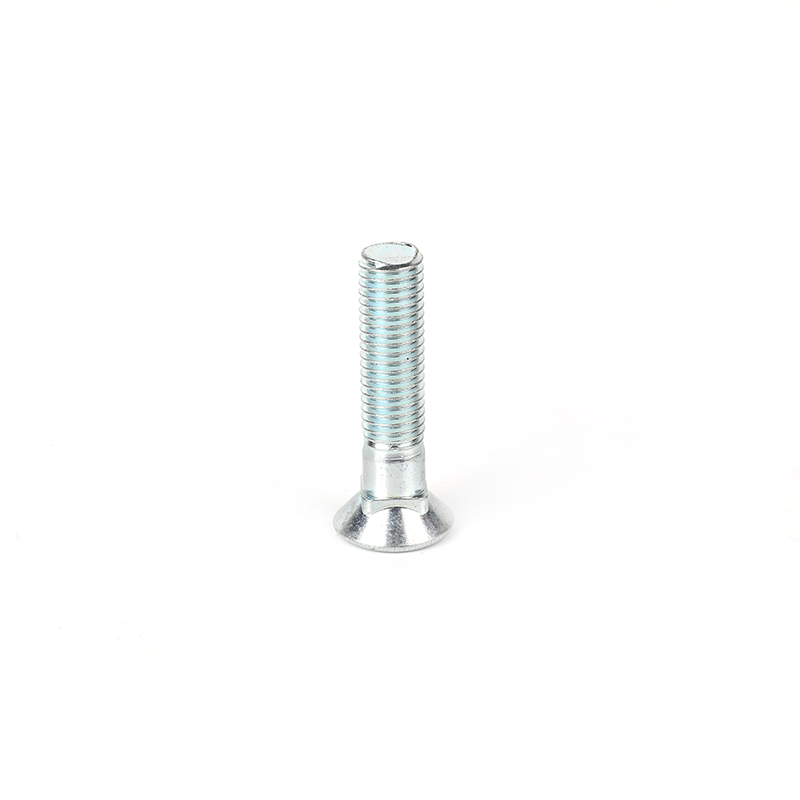
This Grade 12.9 zinc plated countersunk head square neck plow bolt has the advantages of high precision, high operability, high strength, and high ten...
See Details